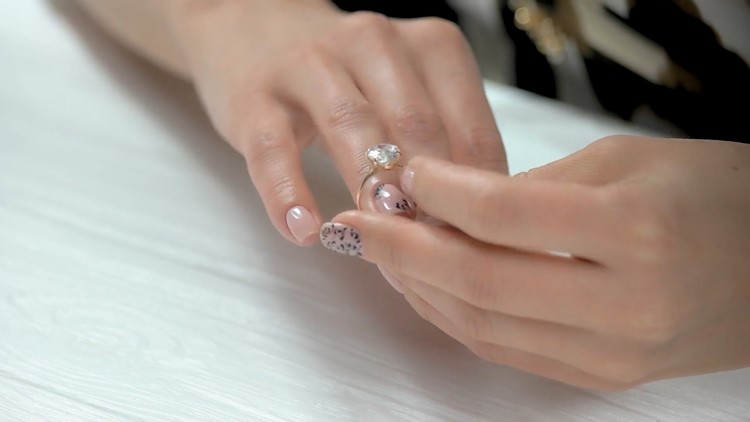SACRAMENTO, Calif. — The engagement ring. A symbol of love. A circle with no end, topped by a brilliant diamond.
When Lindsay Reinsmith and Jason Payne were discussing marriage, she had one ask when it came to this step in marking their commitment to each other...
“I told Jason that if he proposed with a mined diamond that I would say no," said Reinsmith, who is the founder of ADA Diamonds. "It was very important to me that I had a ring that symbolized our love in a way that was free from diamond mining.”
Seeking a more eco-conscious and conflict-free alternative, the couple decided they wanted lab-grown diamonds, but found there was no consumer market for these high-tech, man-made gems.
“We set out to create the company we wish existed when we went through our process," said Reinsmith.
They entered the diamond business, launching ADA Diamonds in San Francisco as early adopters of ethically sourced man-made diamonds for jewelry.
“An important thing to understand is that a man-made diamond is a diamond," said Payne, co-founder of ADA Diamonds. "It is a crystal of carbon. It materially has the same properties as a natural diamond, the same fire, the same brilliance, the same sparkle.”
Instead of forming on the Earth millions or billions of years ago, synthetic diamonds can be grown in labs in a matter of weeks, according to the Gemological Institute of America.
The group says lab-grown diamonds look identical to natural diamonds to the unaided eye and typically need advanced laboratory testing to be identified.
Like natural diamonds, lab-grown diamonds vary in quality among the four "Cs": cut, color, clarity, and carat.
Lab diamonds are sold at a fraction of the price of mined diamonds, which is a big selling point and makes them more popular.
Meanwhile, there’s fear within the natural diamonds industry that consumers will start accepting lab-grown diamonds in the bridal sector.
It's something that Edahn Golan, an independent diamond industry analyst, says is already happening.
“I actually had a conversation with a bunch of jewelers in 2016 and I asked them, 'Will you introduce lab-grown into your offerings?' and the answer of all of them was, 'God forbid, no. I mean, I'm a luxury retailer and I won't bring in synthetic diamonds,'" said Golan. "And in 2017, we started to hear from them a different tune.”
He says the market for man-made diamonds is here to stay. Even though they make up roughly 10% of diamond sales, interest is growing.
“The biggest growth sprout we saw was actually during COVID," said Golan.
Jewelry sales increased when other luxuries like travel weren’t available.
Golan said those with money to spare spent it on jewelry, especially earrings, which could be seen on Zoom computer screens.
Lab-grown diamond sales continue to surge, while natural diamond sales are declining but Golan doesn’t expect one to overtake the other. Instead, he sees a bifurcation of the diamond industry after all.
Diamonds are forever.





















